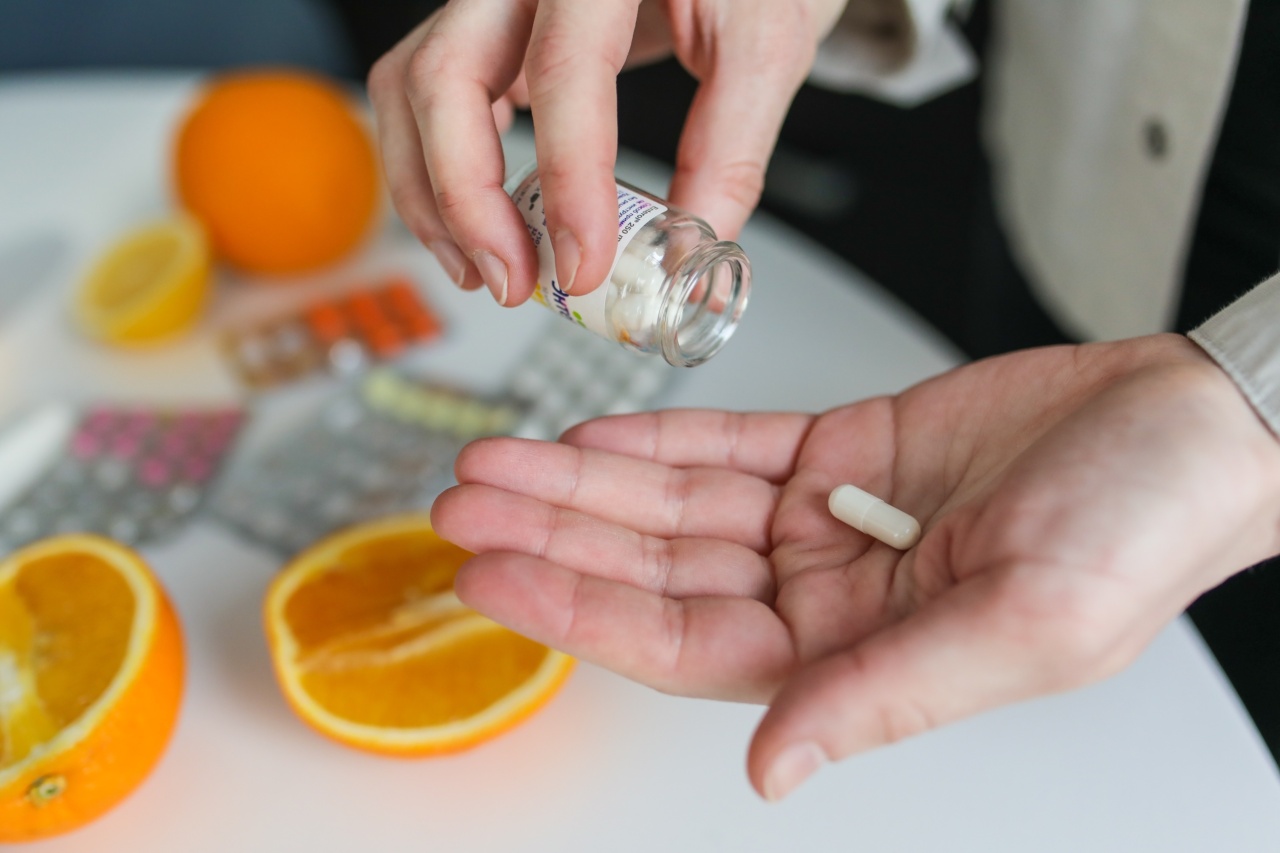Vitamin D is important for several bodily functions, such as maintaining healthy bones and teeth, supporting the immune system, and regulating mood.
One of the key roles of vitamin D is its ability to help the body absorb calcium, which is essential for developing and maintaining healthy bone structure. This is particularly important in the prevention of osteoporosis, a medical condition in which bones become weak and fragile, increasing the risk of fractures and other bone injuries.
Osteoporosis and its Causes
Osteoporosis is a progressive bone disease that affects millions of people worldwide. This condition typically occurs when the body loses bone mass faster than it can replace it.
As a result, bones become weak and brittle, leading to an increased risk of fractures and other injuries. Osteoporosis is more common in women, especially after menopause. Other risk factors for osteoporosis include a family history of the condition, a low body weight, being physically inactive, and smoking.
The Role of Vitamin D in Bone Health
Vitamin D plays a crucial role in maintaining healthy bones and skeletal structure, as well as a number of other vital functions.
The primary function of vitamin D in the body is to regulate the amount of calcium that is absorbed into the bloodstream from the digestive tract. Without adequate vitamin D, the body cannot absorb enough calcium to maintain normal bone health. This can lead to a variety of bone disorders, including osteomalacia and osteoporosis.
Vitamin D Deficiency
Vitamin D deficiency is a common problem, especially in areas with limited sunlight exposure and poor dietary intake of vitamin D rich foods. Symptoms of vitamin D deficiency include fatigue, muscle weakness, and bone pain.
In severe cases, vitamin D deficiency can lead to more serious health problems such as osteoporosis and rickets.
How to get Vitamin D
Vitamin D can be obtained from several sources, including sunlight exposure, supplements, and certain foods. The best and most natural source of vitamin D is from the sun. Our skin produces vitamin D when it’s exposed to UVB sunlight rays.
However, most people don’t get enough vitamin D from sunlight alone due to seasonal variations, geographical location, and lifestyle factors like working indoors more often. Vitamin D supplements can be taken in the form of pills and liquids, and vitamin D-rich foods include fatty fish such as salmon, tuna, and mackerel, as well as fortified dairy products and cereals.
The Connection between Vitamin D and Osteoporosis Prevention
Several studies have shown that vitamin D supplementation can help reduce the risk of osteoporosis and other bone-related disorders.
In particular, vitamin D supplementation has been found to increase bone mineral density (BMD), which is an important factor in maintaining healthy bones and preventing fractures.
In a study conducted on elderly women, vitamin D supplementation was found to be effective in reducing the risk of hip fractures by 30%.
Similarly, a study involving postmenopausal women found that vitamin D supplementation was associated with a 37% reduction in the risk of bone fractures.
In addition to its effects on BMD, vitamin D has also been found to play a role in other aspects of bone health, such as muscle strength and balance.
Studies have shown that low levels of vitamin D are associated with decreased muscle strength and balance, which may increase the risk of falls and fractures.
The Recommended Daily Intake of Vitamin D
The recommended daily intake of vitamin D depends on several factors, including age, sex, and overall health. The National Institutes of Health (NIH) recommends a daily intake of 400-800 IU/day of vitamin D for most adults.
However, some experts suggest that higher doses may be needed, especially in individuals with vitamin D deficiency or those at increased risk of osteoporosis. For elderly individuals over 70, the recommended daily intake is 800-1000 IU/day.
Vitamin D toxicity is rare but can occur at high levels of intake. The safe upper limit of vitamin D intake is 4,000 IU/day for most adults, and 1000-3000 IU/day for infants and young children.
The Bottom Line
Vitamin D is an essential nutrient for maintaining healthy bones and preventing osteoporosis.
Ensuring adequate vitamin D intake through sunshine, supplements, and diet can help support healthy bones and reduce the risk of fractures and other bone-related injuries. It’s important to consult with a healthcare provider to determine the appropriate daily intake of vitamin D based on individual factors such as age, sex, and overall health.































